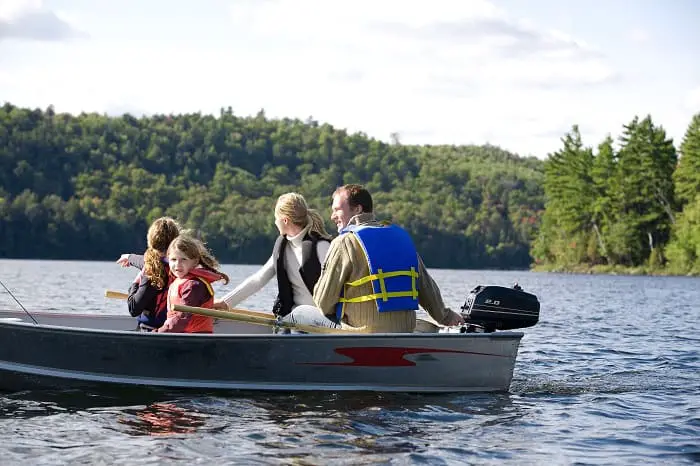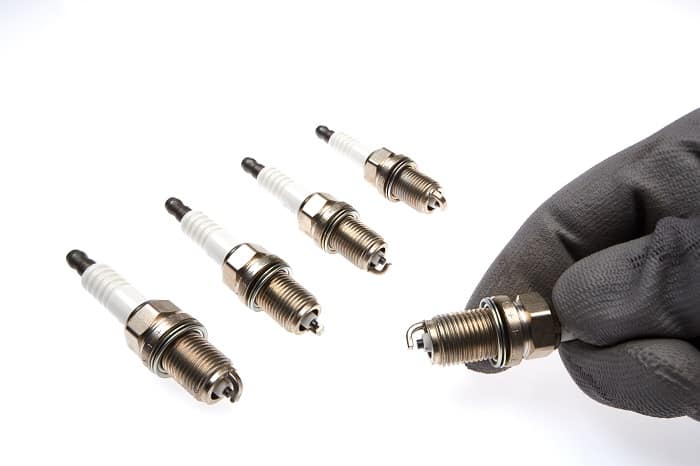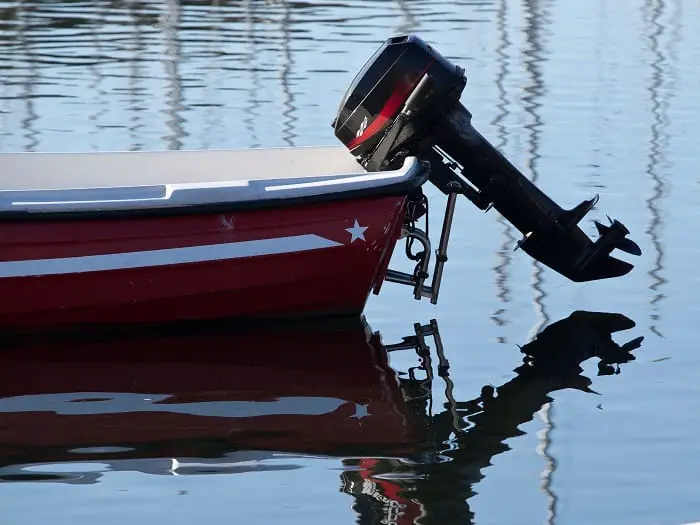Last Updated on June 30, 2022 by Ecorf
Before the invention of engines, the only way to move smaller boats quickly was by using the currents of the sails or the oars. Indeed, the wind was one of the primary elements that empower paddlers to get ashore with ease. Most times, paddlers tend to set sail in the early hours of the morning when the currents were high.
Fast forward to the dawn of the 20th century when alternative measures were invented, of which the boat motor was part of the inventions. Since the debut at the time, boat motors, also called Outboard Motors, have grown to become of the most used propulsion systems for aiding the movement of smaller boats. In case you’re not familiar with it, the information herein would help you to understand all there is to smallest gas boat motor.
Table of Contents
What is the Smallest Gas Boat Motor?
The boat motor otherwise called the “Outboard Motor” is a propulsion system designed for use on boats, especially on smaller boats. The aim is to streamline the movement of those boats in a way that they aren’t adversely affected by the currents or rely on the same for a move.
How Does the Outboard Motor Work?
What are the benefits of using the outboard motor in your small boat? Over the years, the massive adoptions and integration of the outboard motor have caused many prospective buyers to wonder about the effectiveness when mounted on their vessels.
Aside from the propulsion and aiding of the boat’s movements, the motor also offers steering control, which is designed to control the direction of the thrust. Also, the engine can be adjusted in a way that can be tilted up to an elevated position as a way to eliminate the chances of hitting the bottom. Besides, the outboard motor is packed with a manual piston that allows the operator to regulate the engine anytime the electric motor that moves the pistons start to malfunction.
The Components of the Outboard Motor
The outboard motor doesn’t work without some tools to aid it. It comes with some self-contained unit that contains some of the features highlighted below:
-
Fuel Pump
As an engine would work in a vehicle, the fuel pump in the outboard motor sends fuel to the carburetors.
-
Crankshaft
The role of the crankshaft is to collect power from the engine pistons. It then uses the same to fire up the motor for maximum operations.
-
Sparkling Plugs
The sparkling plugs help to ignite the fuel in the cylinders
-
The Skeg
The skeg is there to act as a rudder when the engine is not running.
-
Flywheel
The flywheel is a heavy wheel that builds up momentum when the engine accelerates. It also helps to maintain a smooth and steady engine speed.
Other components of the outboard motor include but not limited to the jet drive/propeller, the engine, and the gearbox.
How to Choose the Smallest Gas Boat Motor
With an array of outboard motors/engines out there in the market, you might find it challenging to select one. It pays to know what options and how those options would aid in the maximum functioning of your small boat.
Don’t worry because we got you covered. Read on to discover the things to consider when buying an outboard motor.
-
Which Is Better; Two Strokes or Four Strokes?
The outboard motor comes in the forms of the two-stroke and the four-stroke engines. Before now, it was affirmed that the two-stroke engine offers better throttle response, and is lightweight. The four-stroke outboard motor engine, on the other hand, provides a more refined performance.
However, with the evolutions in the designs of the modern outboard motors, it becomes harder to select one over the other.
On the one hand, the two-stroke engine prevents fuel loss or maximum usage of fuel that is characterized by the actions of the carburetor/injector that feeds a mix of gasoline and oil into the engine cylinder through an intake valve.
On the other hand, the four-stroke engine now comes with enhanced fuel injection systems that ensure a better fuel economy. The only downside to it is the inability to offer much power as the two-stroke engine.
-
Horsepower
The horsepower determines the speed of the outboard motor. As a rule, you should ensure that the horsepower (Hp) you settled for tags along well with the overall functioning of your small boat.
You may want to go 15 horsepower, which is not only portable but can also be affixed to the boat via clamps. Such power and the portability therein make it easier to move the outboard motor from boat to boat.
-
Power Tilt
Manually tilting your small boat all the time requires and you tend to be energy-sapped in the end. In the light of that, it’s ideal that you select the outboard motor based on the power tilt.
The power tilt empowers you to trim the engine of your outboard motor at the push of a button. Also, it’s feasible to match it with the horsepower of the engine. For instance, if the outboard motor you’re using is up to 20 horsepower, then having a power tilt saves your arm and shoulder the additional stress of rocking the boat all the time.
-
Select the Right Shaft Length
Smaller boats tend to have lower transoms. The same applies if the boat by some chance has larger transoms. Against that backdrop, your selection of a shaft length for your smaller boat must be in line with the actual length of the boat’s transom.
The equation is smaller transoms need smaller shafts and vice versa. If by some chance you extend the length a bit higher, ensure that it doesn’t exceed 5 inches.
Final Words on the Smallest Gas Boat Motor
You needn’t stress yourself when using a smaller boat, or rely on the currents before setting sail. Instead, integrating the outboard motor into your little boat is an excellent way to move about with ease, while saving your arm and shoulder some workout.
Have you purchased an outboard motor? Share your experience with us in the comments!



